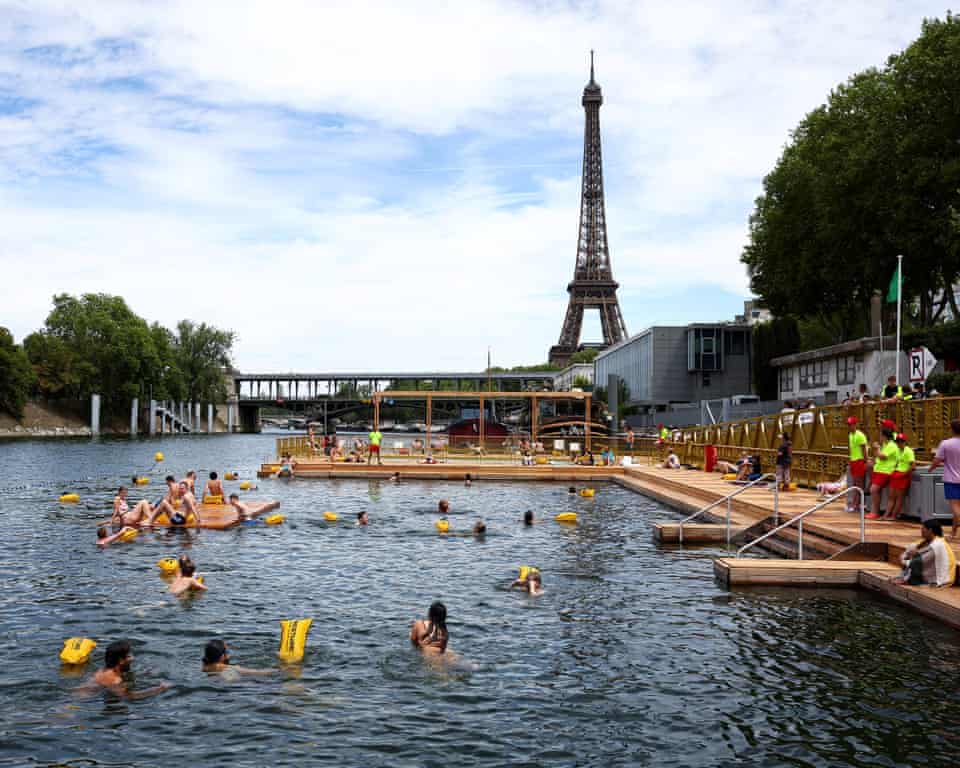For the first time in over 100 years, the Seine River has been officially opened to the public for swimming, as Parisians and tourists alike braved the waters this weekend following a landmark environmental overhaul.
City authorities gave the green light after a massive clean-up project transformed the iconic river, once infamously polluted, into a safe and swimmable public space.
…At the wake of 2024 Paris Olympics
This move comes in the wake of the 2024 Paris Olympics, which saw the river used for competition and training, despite health concerns that disrupted some events, including the men’s triathlon.
The ambitious €1.4bn (£1.2bn) project included connecting over 20,000 homes to the sewage network, stopping the direct flow of waste into the river, upgrading water treatment plants, and constructing vast stormwater storage reservoirs, the equivalent of 20 Olympic-sized swimming pools. These measures were designed to prevent sewage overflows during heavy rainfall.
Paris’s outgoing mayor, Anne Hidalgo, a vocal supporter of the initiative, famously took a dip in the Seine herself before the Olympics. Her gesture symbolised a wider movement across Europe to reclaim urban waterways as communal, natural spaces, particularly as cities grapple with rising summer temperatures.
Now, up to 1,000 swimmers per day can enjoy three designated bathing zones along the Seine’s banks, free of charge, throughout the summer until the end of August. These swimming spots are strategically located near key landmarks: the Eiffel Tower (which features a more family-friendly area), Notre Dame Cathedral, and the National Library.
Lifeguards are on duty while changing, and shower facilities are available for public use. Water quality will be monitored daily by health authorities, and a flag system will indicate whether it’s safe to swim. Diving, however, is strictly prohibited due to the shallowness of the river in these zones.
Beyond the capital, a further 14 bathing spots are planned along the Seine and Marne rivers. Two of these, located along the Marne, opened in June, expanding access to more communities and reinforcing France’s renewed relationship with its waterways.
The initiative has not only inspired other European cities to pursue similar environmental revivals but is also expected to become one of this summer’s top tourist draws. Local tourist boards are already predicting the Seine swim to be one of the most talked-about activities of the season.
As for President Emmanuel Macron, with the river now open to the public, he may soon be held to his word, having once pledged to swim in the Seine when it was safe to do so.



